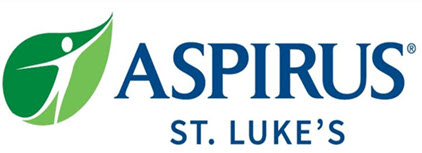Fine motor control
Fine motor control is the coordination of muscles, bones, and nerves to produce small, exact movements. An example of fine motor control is picking up a small item with the index finger (pointer finger or forefinger) and thumb.
The opposite of fine motor control is gross (large, general) motor control. An example of gross motor control is waving an arm in greeting.
Gross motor control
Gross motor control is the ability to make large, general movements (such as waving an arm or lifting a leg). It requires proper coordination and fu...
Read Article Now Book Mark ArticleProblems of the brain, spinal cord, peripheral nerves (nerves outside of the brain and spinal cord), muscles, or joints may all decrease fine motor control. People with Parkinson disease have trouble speaking, eating, and writing because they have lost fine motor control.
The amount of fine motor control in children is used to help figure out the child's developmental age. Children develop fine motor skills over time, by practicing and being taught. To have fine motor control, children need:
- Awareness and planning
- Coordination
- Muscle strength
- Normal sensation
The following tasks can only occur if the nervous system develops in the right way:
- Cutting out shapes with scissors
- Drawing lines or circles
- Folding clothes
- Holding and writing with a pencil
- Stacking blocks
- Zipping a zipper
References
Chaves-Gnecco D, Feldman HM. Developmental/behavioral pediatrics. In: Zitelli BJ, McIntire SC, Nowalk AJ, Garrison J, eds. Zitelli and Davis' Atlas of Pediatric Physical Diagnosis. 8th ed. Philadelphia, PA: Elsevier; 2023:chap 3.
Kelly DP, Natale MJ. Neurodevelopmental and executive function and dysfunction. In: Kliegman RM, St. Geme JW, Blum NJ, Shah SS, Tasker RC, Wilson KM, eds. Nelson Textbook of Pediatrics. 21st ed. Philadelphia, PA: Elsevier; 2020:chap 48.
Review Date: 1/24/2023
Reviewed By: Neil K. Kaneshiro, MD, MHA, Clinical Professor of Pediatrics, University of Washington School of Medicine, Seattle, WA. Also reviewed by David C. Dugdale, MD, Medical Director, Brenda Conaway, Editorial Director, and the A.D.A.M. Editorial team.


